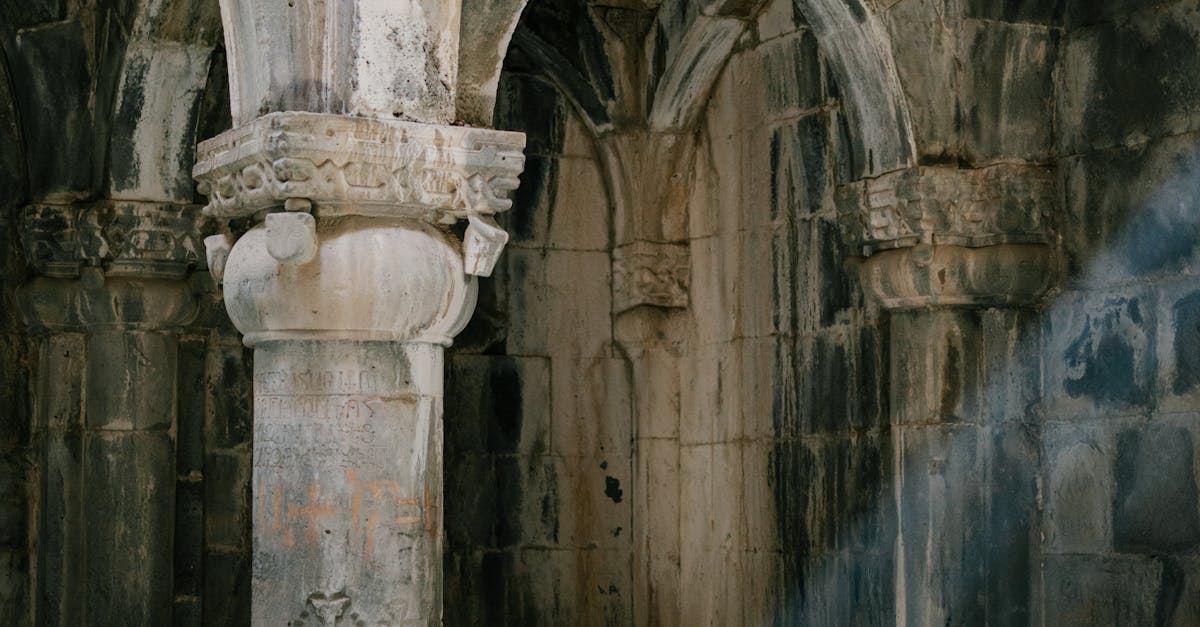
Temperature ConsiderationsRestoring stone walls that have suffered from water damage requires a careful assessment of the extent of the deterioration. Visual inspections are vital to identify discolouration, efflorescence, or signs of mould. Once the damage is assessed, the initial step in the repair process involves cleaning the walls. Using a soft brush and a diluted solution of mild detergents can remove surface stains without further damaging the stone.
Changes in temperature can affect the integrity and appearance of manufactured stone cladding. During hot weather, materials can expand, potentially leading to gaps. Conversely, cold temperatures can cause contraction, resulting in stress on the joints and seams. These fluctuations may heighten the risk of damage, making regular inspections essential to catch any signs of wear before they escalate.After cleaning, any loose or crumbling mortar should be replaced to ensure the structural integrity of the wall. This often involves chiselling out the damaged sections and applying a compatible mortar mix. For more severe damage, it may be necessary to replace individual stone pieces. Proper sealing after repairs will help prevent future water infiltration. A breathable sealant allows moisture to escape while blocking new water ingress, providing long-term protection for the stone wall.
Preventive measures can help mitigate temperature-related issues. Applying a suitable sealant can safeguard the stone against the elements while providing additional insulation. Ensuring that the installation allows for expansion and contraction can also enhance resilience. Regular cleaning and maintenance can further protect against the build-up of debris, which may exacerbate the effects of temperature changes over time.StepbyStep Guide to Restoration
Effects of Extreme Weather on Stone CladdingStart by assessing the extent of the damage. Check for loose or cracked stones, discolouration, and efflorescence, which signals moisture issues. Use a chisel or hammer to gently tap around the stones to identify hollow areas, indicating potential water infiltration. Document the findings and take photos if necessary. Ensure the area is cleared of any loose debris and mould before proceeding with repairs.
Extreme weather conditions can significantly impact the integrity and appearance of manufactured stone cladding. Prolonged exposure to intense sunlight may cause the surface to fade, affecting the overall aesthetics of the building. Meanwhile, heavy rainfall can lead to water infiltration, potentially causing deterioration and increasing the risk of growth for mould and mildew. Continuously fluctuating temperatures can result in the expansion and contraction of the stone, which may eventually lead to cracking or separation from the wall.Next, it’s important to clean the affected stone surfaces thoroughly. Use a soft brush or sponge along with a mild cleaning solution to remove any dirt or stains. Rinse with clean water to eliminate any residue. Once the surface is clean and dry, repair any cracks using suitable stone filler or mortar. For larger gaps, consider re-pointing the joints with fresh mortar. After the repairs, allow sufficient time for the materials to cure before applying a water-resistant sealant if needed.
In regions prone to freezing temperatures, water trapped in the stone can freeze, expand, and create additional stress on the cladding. This cycle of freezing and thawing can exacerbate any existing vulnerabilities in the material. High winds can also pose a threat, as they may dislodge loose stones or debris, leading to further damage. Regular inspections during and after extreme weather events are essential in identifying any issues early, allowing for timely repairs and maintenance.Preventive Measures for Stone Wall Cladding
Repairing Chips and Cracks
ants that inhibit growth.
Related LinksRelated LinksRepairing Cracked Mortar Joints in Stone Walls
Cost Analysis: Manufactured Stone Cladding vs Other MaterialsInstallation Techniques for Manufactured Stone CladdingHow to Replace Loose or Missing Stones in Cladding
How to Choose the Right Manufactured Stone Cladding for Your ProjectPreventative Measures to Avoid Future Damage to Stone Cladding
Trends in Manufactured Stone Cladding for 2024When to Call a Professional for Stone Wall Repairs
Popular Brands of Manufactured Stone Cladding in AustraliaBest Practices for Long-lasting Repairs on Stone Walls
Environmental Impact of Manufactured Stone Cladding